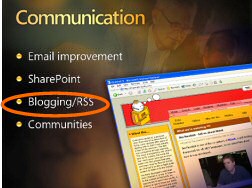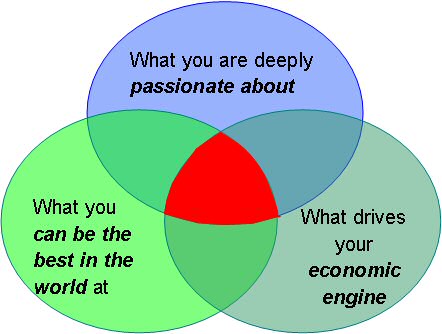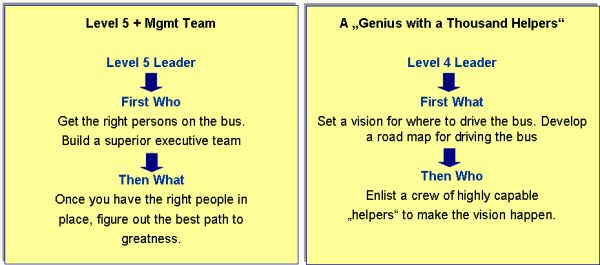Yesterday during the Microsoft CEO Summit, Bill Gates presented some of most important trends which are driving the IT industry. And, surprisingly, he talked about … blogging and RSS. Not bad ;-)

Another new phenomenon that connects into this is one that started outside of the business space, more in the corporate or technical enthusiast space, a thing called blogging. And a standard around that that notifies you that something has changed called RSS.
This is a very interesting thing, because whenever you want to send e-mail you always have to sit there and think who do I copy on this. There might be people who might be interested in it or might feel like if it gets forwarded to them they’ll wonder why I didn’t put their name on it. But, then again, I don’t want to interrupt them or make them think this is some deeply profound thing that I’m saying, but they might want to know. And so, you have a tough time deciding how broadly to send it out.
Then again, if you just put information on a Web site, then people don’t know to come visit that Web site, and it’s very painful to keep visiting somebody’s Web site and it never changes. It’s very typical that a lot of the Web sites you go to that are personal in nature just eventually go completely stale and you waste time looking at it.
And so, what blogging and these notifications are about is that you make it very easy to write something that you can think of, like an e-mail, but it goes up onto a Web site. And then people who care about that get a little notification. And so, for example, if you care about dozens of people whenever they write about a certain topic, you can have that notification come into your Inbox and it will be in a different folder and so only when you’re interested in browsing about that topic do you go in and follow those, and it doesn’t interfere with your normal Inbox.
And so if I do a trip report, say, and put that in a blog format, then all the employees at Microsoft who really want to look at that and who have keywords that connect to it or even people outside, they can find the information.
And so, getting away from the drawbacks of e-mail — that it’s too imposing — and yet the drawbacks of the Web site — that you don’t know if there’s something new and interesting there — this is about solving that.
The ultimate idea is that you should get the information you want when you want it, and we’re progressively getting better and better at that by watching your behavior, ranking things in different ways.













